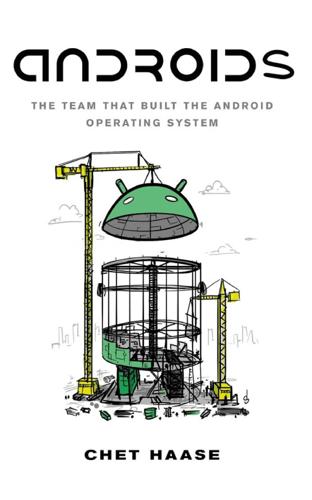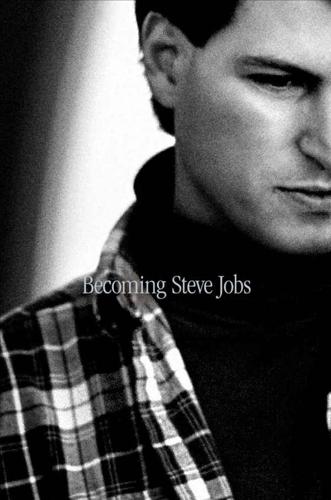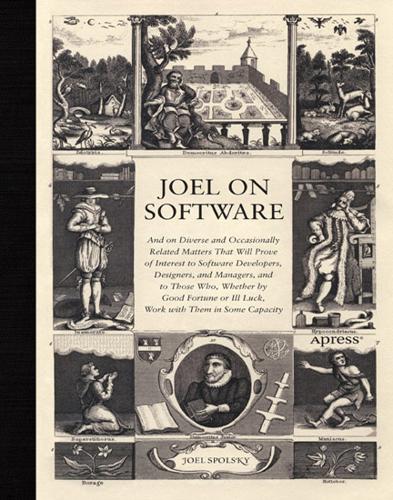Beos Apple "Steve Jobs" next macos
description: refers to BeOS, an operating system, and its potential influence on or competition with Apple's MacOS, especially during the time when Steve Jobs returned to Apple and introduced NeXT technology
3 results

Androids: The Team That Built the Android Operating System
by
Chet Haase
Published 12 Aug 2021
There were around twenty engineers on the team when he began and almost one hundred by the time they hit 1.0 nearly three years later. Steve Horowitz learned BASIC and assembly on an Apple II in elementary school. In high school, he split his time between tech journalism and programming. He ended up getting an internship at Apple339 straight out of high school and worked there every summer after that through college. After graduating, he joined Apple full time to work on Pink, a project to develop the next MacOS, and then Jaguar, which was developing next-generation hardware. After two years at Apple, Steve went to Be, Inc., where he worked on UI toolkit functionality for BeOS, like the Tracker (the equivalent of Finder on the Mac).
…
They ported BeOS to PC and Mac hardware and attempted selling the OS. They were almost acquired by Apple (in fact, they got an offer, but while Be’s CEO was stalling as a negotiating ploy, Steve Jobs swooped in and convinced Apple to buy his company, NeXT Computer, instead). In 1999, they went through an underwhelming initial public offering (IPO).22 Then in 2000, when nobody was buying Be’s hardware or OS, the company tried what the team called a “Focus Shift,” building an OS for an Internet appliance device, which people also didn’t buy. Macworld went to print one month with a story about Apple’s acquisition of Be which fell through when Apple acquired NeXT Computer instead.
…
A very simple example is that the sum of all integers up to some given integer x can be solved by adding x to the sum of all integers up to (x –1). Recursion is a powerful technique, but can be tricky to think through, and to ensure that it will actually terminate. 130 Taligent was a company formed by Apple and IBM with the goal of providing a new operating system, at a time when Apple was trying to come up with a successor to the aging MacOS. Taligent eventually failed and Apple continued its attempts internally before eventually acquiring Steve Jobs’s NeXT Computer and adopting NeXTSTEP OS instead. 131 Continuous Integration, or CI, is the practice in software development of integrating all of a team’s changes as often as possible for building and testing.

Becoming Steve Jobs: The Evolution of a Reckless Upstart Into a Visionary Leader
by
Brent Schlender
and
Rick Tetzeli
Published 24 Mar 2015
“If there’s anyone who’s a prickly bastard in this world, if there’s one guy who actually competes in the prickly bastard game quite effectively,” says one industry veteran who worked with both men, “it’s the guy who learned at the hand of the master.” They had other similarities. Shortly after quitting Apple, Gassée started his own computer company in a huff, bringing along several key Apple employees. His business strategy was reminiscent of Steve’s approach at NeXT. Be Inc. set out to design an entirely new software and hardware architecture for a computer Gassée called the BeBox, which would incorporate an operating system—BeOS—that shared some key attributes of Unix. What made the BeOS and the BeBox computer unique, however, was that they were designed to also be able to use the existing Macintosh OS, and thus operate like a Mac “clone.”
…
Then he made some comment to the effect that whatever Apple had planned, the company should have nothing to do with Gassée or his technology. “We’ve been at this for ten years at NeXT, and the BeOS is shit. It has to be. Operating systems get better with age and the BeOS isn’t old enough or tested enough to be any good.” That didn’t really answer my question, but it sure showed I had gotten his dander up. I asked him to be sure to let me know if he heard anything interesting. Not surprisingly, he didn’t; I didn’t talk to him again until December, when I called to see if I could get some comment from him for a story about Apple’s surprise purchase of NeXT for cash and stock totaling $429 million. STEVE HAD SWUNG into action long before my phone call.
…
We relied for some additional general background about NeXT on two books: Randall Stross’s Steve Jobs and the NeXT Big Thing; and Owen W. Linzmayer’s Apple Confidential 2.0. The descriptions of the rapid growth of Sun Microsystems and the competitive landscape for computer workstations were drawn from reporting for my own stories in Fortune from 1998 to 2004 (see bibliography). The narrative details of the introduction of the NeXTcube is drawn primarily from my own experience at the event and my reporting for a Wall Street Journal front-page story that followed it on October 13, 1988, titled “Next Project: Apple Era Behind Him, Steve Jobs Tries Again, Using a New System.”

Joel on Software
by
Joel Spolsky
Published 1 Aug 2004
So obviously, Apple created a giant glossy catalog listing all the great software that was "available." Half of the items listed said, in fine print, "under development," and the other half couldn't be had for love or money. Some were such lame products that nobody would buy them. But even having a thick, glossy catalog with one software "product" per page described in glowing prose couldn't disguise the fact that you just could not buy a word processor or spreadsheet to run on your 128KB Macintosh. There were similar "software product guides" for NeXT and BeOS. (Attention, NeXT and BeOS bigots: I don't need any flak about your poxy operating systems, OK?
…
Amiga, Atari ST, Gem, IBM TopView, NeXT, BeOS, Windows CE, General Magic—the list of failed "new platforms" goes on and on. Because they are platforms, they are, by definition, not very interesting in and of themselves without juicy software to run on them. But, with very few exceptions (and I'm sure I'll get a whole host of email from tedious supporters of arcane and unloved platforms like the Amiga or RSTS-11), no software developer with the least bit of common sense would intentionally write software for a platform with 100,000 users on a good day, like BeOS, when they could do the same amount of work and create software for a platform with 100,000,000 users, like Windows.
…
By the time they were done, Microsoft had a 16-month lead in developing Excel, and, in a great karmic joke, the 8086 was obsolete anyway! As I write this, Netscape's 5.0 web browser is almost two years late. Partially, this is because they made the suicidal mistake of throwing out all their code and starting over: the same mistake that doomed Ashton-Tate, Lotus, and Apple's MacOS to the recycle bins of software history. Netscape has seen its browser share go from about 80 percent to about 20 percent during this time, and all the while it could do nothing to address competitive concerns, because its key software product was disassembled in 1000 pieces on the floor and was in no shape to drive anywhere.